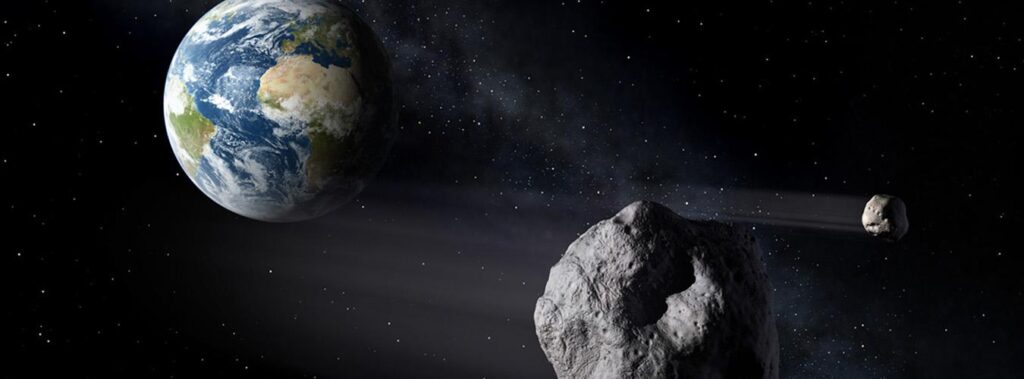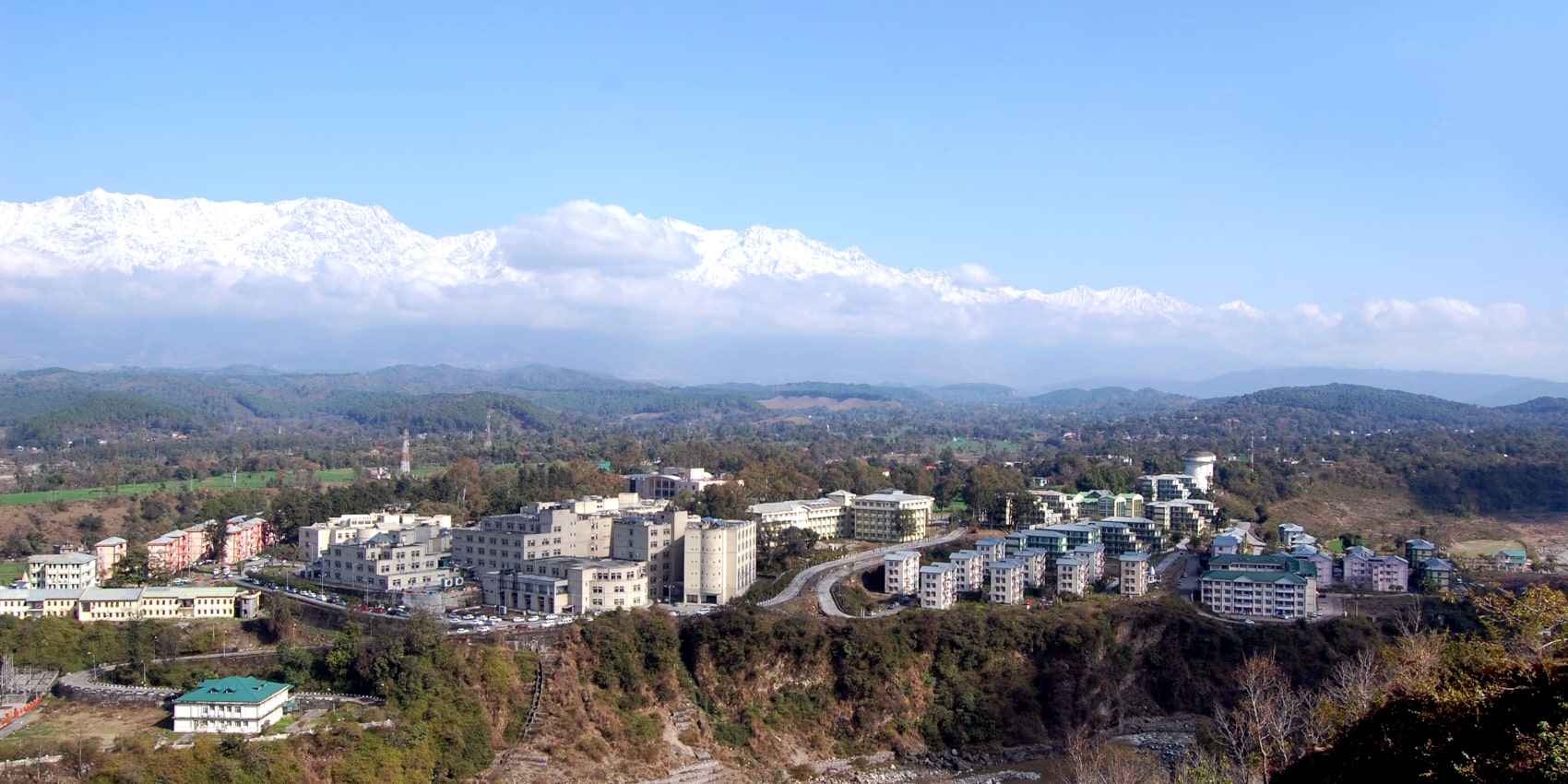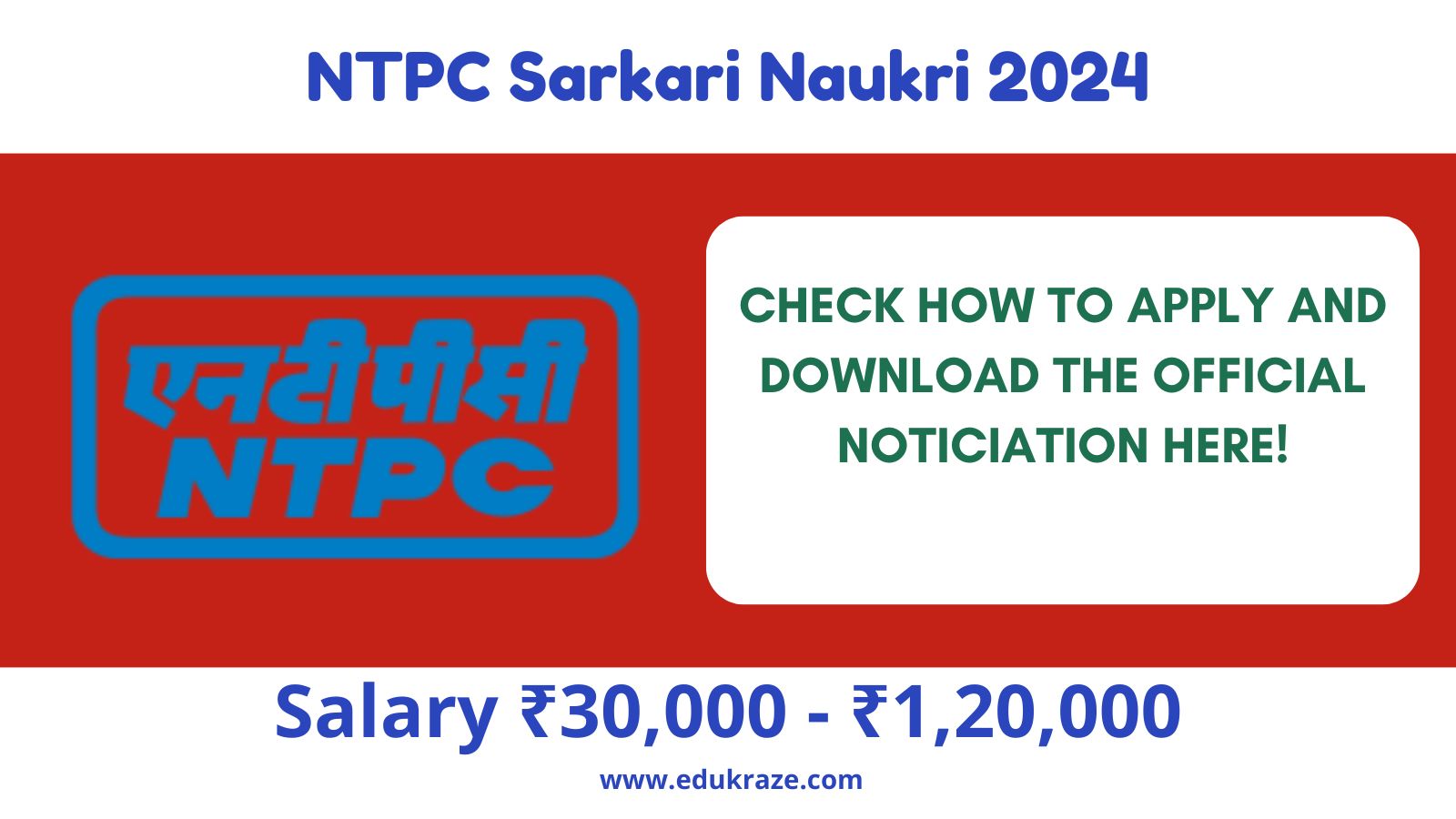Learn about International Asteroid Day, its background, and its role in increasing public awareness about the hazards of asteroid impacts. Explore the efforts made to address these threats and protect our planet.
International Asteroid Day, observed on 30 June each year, serves as a reminder of the Tunguska impact over Siberia, Russian Federation, on 30 June 1908. This significant date was chosen by the United Nations General Assembly to increase public awareness about the potential hazards associated with asteroid impacts. The aim is to inform the global community about crisis communication measures in the event of a credible near-Earth object (NEO) threat. This article explores the background of International Asteroid Day and highlights the importance of addressing the asteroid impact hazard.
Background
Near-Earth objects (NEOs) pose potential catastrophic threats to our planet. These objects include asteroids and comets that pass in close proximity to Earth’s orbit. NASA’s Center for NEO Studies has discovered over 16,000 Near Earth Asteroids. To address the concerns associated with NEOs, the United Nations General Assembly, based on a proposal by the Association of Space Explorers and endorsed by the Committee on the Peaceful Uses of Outer Space (COPUOS), established International Asteroid Day.
Tunguska Impact of 1908
On 30 June 1908, a significant asteroid impact occurred in Tunguska, Siberia, Russian Federation. This event is considered the Earth’s largest recorded asteroid impact in history. It led to widespread devastation, with the explosion flattening approximately 2,000 square kilometers of forest. The aftermath of this impact raised awareness about the potential dangers posed by asteroids and prompted the establishment of International Asteroid Day to commemorate the event.
Chelyabinsk Fireball of 2013
Another notable event that emphasized the importance of asteroid awareness was the Chelyabinsk fireball incident on 15 February 2013. A massive fireball, known as a “superbolide,” entered Earth’s atmosphere and disintegrated over Chelyabinsk, Russia. This event served as a wake-up call, demonstrating the potential impact of NEOs. The energy released by the Chelyabinsk fireball was estimated at 440 kilotons, making it the most energetic impact since the Tunguska blast.
United Nations and NEOs
Recognizing the global nature of the NEO impact hazard, the United Nations Office for Outer Space Affairs (UNOOSA) has dedicated significant efforts to address this issue. The UNOOSA has stressed the importance of international cooperation in identifying NEOs that pose a threat and planning appropriate mitigation strategies. In 2013, the Committee on the Peaceful Uses of Outer Space (COPUOS) endorsed recommendations for an international response to a near-Earth Object impact threat.
International Asteroid Warning Network (IAWN)
In 2014, the International Asteroid Warning Network (IAWN) was established to enhance global preparedness for potential asteroid impacts. The IAWN develops communication plans and protocols to assist governments in analyzing the consequences of an asteroid impact. By promoting information sharing and supporting mitigation planning, the IAWN aims to safeguard public safety in the face of a NEO threat.
Space Mission Planning Advisory Group (SMPAG)
Working alongside the IAWN, the Space Mission Planning Advisory Group (SMPAG) is an inter-space agency forum that focuses on deflection technologies for NEOs. The SMPAG aims to build consensus on planetary defense measures and identify the necessary technologies required to deflect near-Earth objects. Through collaborative efforts, the SMPAG aims to establish effective strategies to protect our planet from potential asteroid impacts.
Public Awareness and Crisis Communication
International Asteroid Day serves as an essential platform to raise public awareness about the potential hazards associated with asteroids. It highlights the need for effective crisis communication in the event of a credible NEO threat. By disseminating information and engaging the public, International Asteroid Day strives to foster a sense of responsibility and preparedness among individuals, communities, and governments worldwide.
Conclusion
International Asteroid Day, observed on 30 June, serves as a global initiative to increase awareness about the asteroid impact hazard. The United Nations General Assembly’s decision to establish this annual observance was based on the Tunguska impact of 1908. Since then, significant efforts have been made to address the NEO threat, including the establishment of the International Asteroid Warning Network (IAWN) and the Space Mission Planning Advisory Group (SMPAG). By educating the public and promoting crisis communication, International Asteroid Day plays a crucial role in mitigating potential risks.

FAQs
- What is International Asteroid Day?
- International Asteroid Day is observed on 30 June each year to raise public awareness about the asteroid impact hazard and promote crisis communication actions in the face of a credible NEO threat.
- What is the Tunguska impact?
- The Tunguska impact refers to the asteroid event that occurred on 30 June 1908 in Siberia, Russian Federation. It is the Earth’s largest recorded asteroid impact in history.
- How significant was the Chelyabinsk fireball event?
- The Chelyabinsk fireball event in 2013 was an energetic impact recognized as the most significant since the Tunguska blast. It highlighted the potential dangers associated with near-Earth objects.
- What is the International Asteroid Warning Network (IAWN)?
- The International Asteroid Warning Network (IAWN) is an organization that assists governments in analyzing the consequences of potential asteroid impacts and supports mitigation planning.
- What is the Space Mission Planning Advisory Group (SMPAG)?
- The Space Mission Planning Advisory Group (SMPAG) is an inter-space agency forum that identifies technologies needed for near-Earth Object deflection and builds consensus on planetary defense measures.
Stay Updated
- Follow us on Facebook & Join Telegram Channel for the latest updates and Daily Current Affairs
- Subscribe to our website for more updates on upcoming exams and results.
Thank you for reading about International Asteroid Day and its vital role in increasing awareness about the asteroid impact hazard. By supporting initiatives like the International Asteroid Warning Network (IAWN) and the Space Mission Planning Advisory Group (SMPAG), we contribute to safeguarding our planet from potential catastrophic threats. Stay informed, spread the word, and join the global effort in protecting Earth.
























